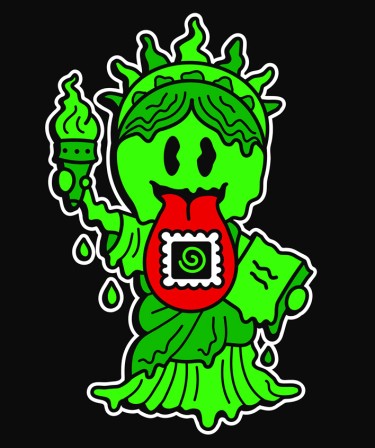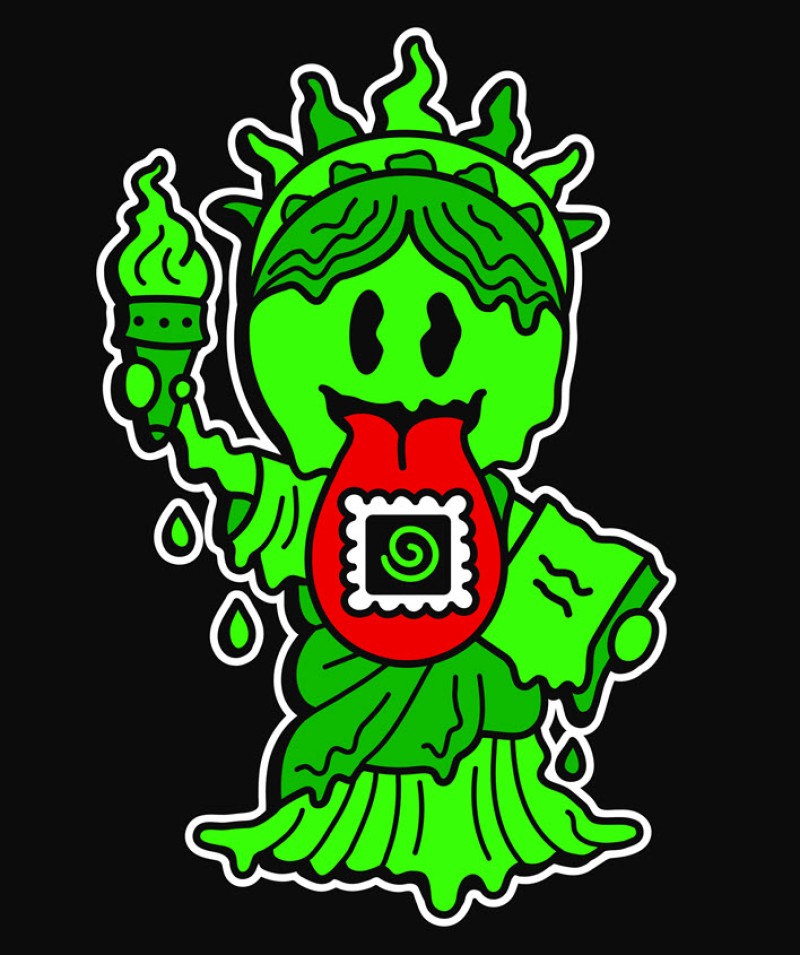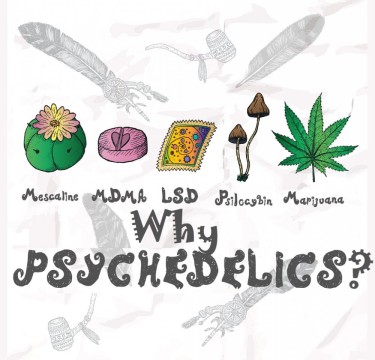
When you talk about psychedelics, it is the belief of some people that psychedelics aren’t popular. Some even go as far as saying they are not cool and trendy. However, a recent poll by YouGov might convince you otherwise. The poll sought to explore how many Americans have tried psychedelic substances at least once and the responses might be surprising to many. Read on as we explore how 28 percent of Americans have tried psychedelic substances at least once.
The poll by YouGov was conducted between July 22 and 25 were 1000 adults were asked to respond to questions on an online survey. These 1000 respondents served as the sample size for the larger population and inquiries were made regarding psychedelics. The results of the survey showed that 28 percent of Americans have used at least one of the seven types of psychedelics being inquired about. The order of the psychedelics in terms of usage is LSD (14%), psilocybin (13%), MDMA (9%), ketamine (6%), DMT (6%), and saliva (5%).
One major takeaway that can be taken from this survey is that the acceptance and popularity of psychedelics are gradually increasing among Americans. This increasing popularity is bound to have a consolidatory effect on the push for legislation and decriminalization. YouGov is also of this opinion as the stated that the change in policy and public opinion on psychedelics shows that the tide may be changing. States in the U.S such as California and Oakland have decriminalized psilocybin which is known as psychedelic mushrooms. Other states are also following in those steps with Colorado voting on whether psilocybin is state-wide by November. Oregon will also be allowing the use of psilocybin for mental health treatments by January 2023 under specific conditions.
Who are those in favor and who isn’t?
A closer analysis of the demography of the respondents gives a good picture of which socioeconomic class the product is gaining more popularity from. Males seemed to dominate the positive responses as 34% of respondents identify as males while 22% percent identified as females. As expected, the youths are heavily represented when we go the way of the age of respondents. Participants aged between 18 to 29 years make up 35% of respondents, 39% are aged between 30 to 44 years and 14% are over 65.
From the economic class of things, respondents were classified based on family income. The available classes are $50,000 or less, between $50,000 and $100,000, and $100,000 or more. According to this, 42% have a family income of $100,000 or more, 34% have between $50,000 and $100,000, and 23% have a family income of $50,000 or less. This shows that psychedelics are somewhat popular among the upper class. Yet, there is also a good representation of those who earn less. A similar trend also showed in terms of the educational status of those who have tried psychedelics at least once. 42% of the positive respondents have a postgraduate degree, 26% have an undergraduate degree, and 24% have a high school degree or lower.
Geographical location in the U.S is very important when it comes to public view and opinion and the same was shown here. Rural areas had a low percentage of respondents with 19% while those living in the suburbs and cities were represented with 26% and 36% respectively. In terms of region, the responses followed the trend of regions with legal laws for psilocybin. The western region of the United States was represented by 37% of the respondents, 34% from the Northeast, and 23% in unspecified regions of the south.
The final identifier used to classify the demography of the respondents is sociopolitical views. This was classified as either very conservative, conservative, or liberal. The results show that 52% of the respondents were liberal and had all tried at least one psychedelic drug. As expected, most respondents who identified as very conservative have rarely tried psychedelics. The same trend of response was also given by respondents who identified as conservative.
Still a long way till decriminalization
The responses to psychedelics proved to be very positive for their popularity of psychedelics. However, it was quite stiff in terms of acceptance of the products. This is because the majority of the respondents still opposed the decriminalization of the natural product. LSD and MDMA faced the highest opposition as 53% were strongly against their legalization. Psilocybin was also greatly opposed by respondents as 44% were against decriminalizing it. The reality of this result is that those who have had experience with psychedelics are prone to push for its decriminalization. Likewise, support for legalization is very low among those who have not had prior experience with psychedelics.
The medical argument in favor of psychedelics remains among enthusiasts and reform advocates. Many who have tried the psychedelic substance at least once before are very vocal about its use as a medical treatment. Research into the clinical evidence of psilocybin is still very slow and there is a need for bipartisan support to push. The most talked about now is the use of psychedelics to help veterans to deal with post-traumatic stress disorder (PTSD). Participants in the survey were also asked about their opinion of that research and 54% supported it while 18% opposed it. Sixty-three percent of respondents with postgraduate degrees supported the research along with 49 percent of those without a college degree.
Bottom line
The reality is that there is still a long way to go for the decriminalization of most psychedelics. Cannabis also followed the same route before it gained prominence and was legalized in multiple states. Though the cases seem similar, there are also different in multiple respects. The push for psychedelics has gotten off on good ground based on popularity. Next is information that will be useful to enlighten and educate the public on the usefulness and benefits of the products. Afterward, we can start to look at the good days ahead for psychedelics.






